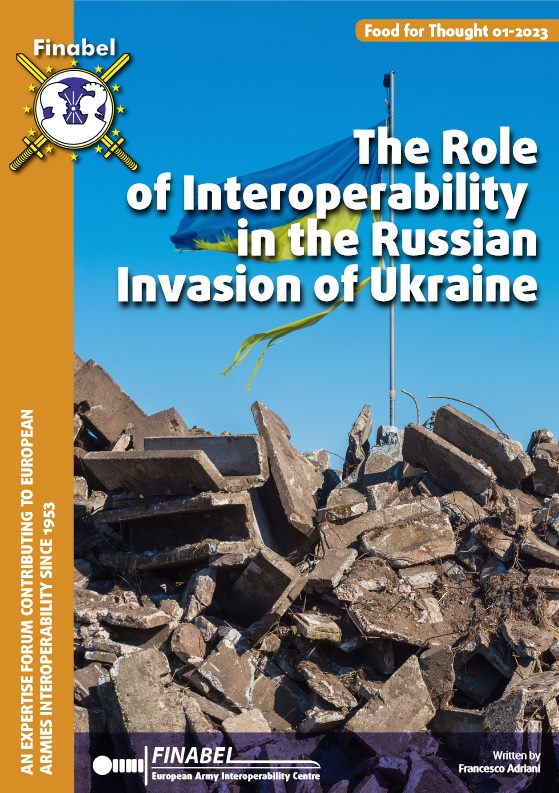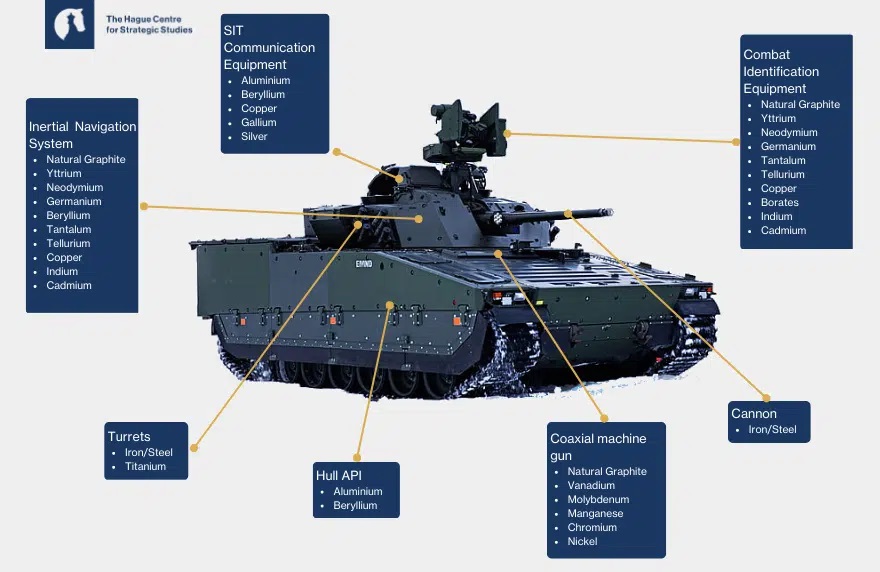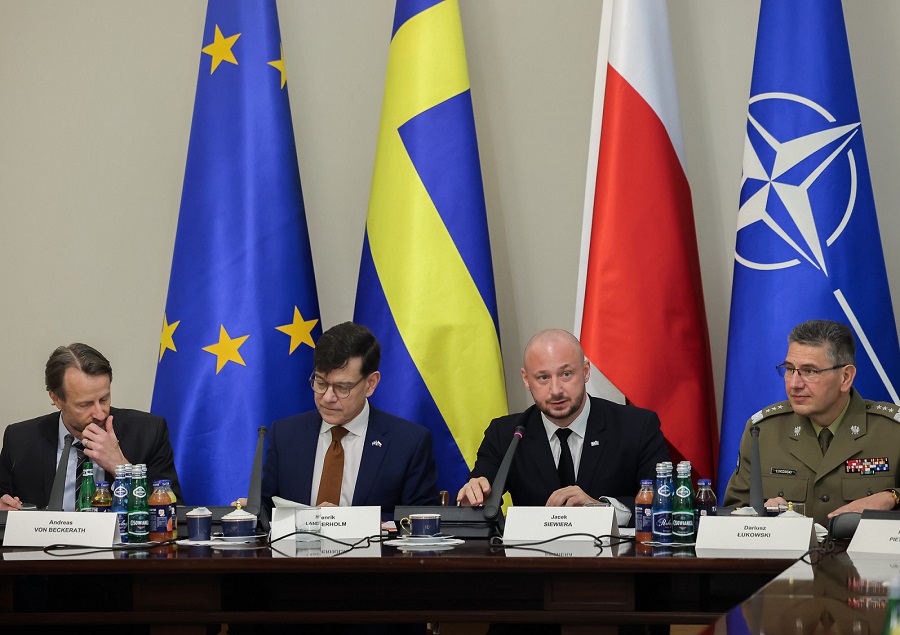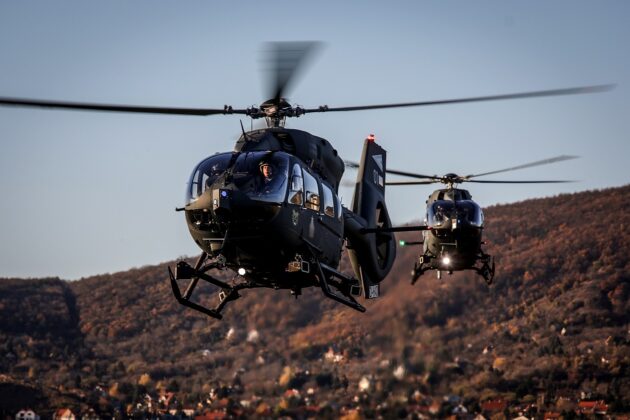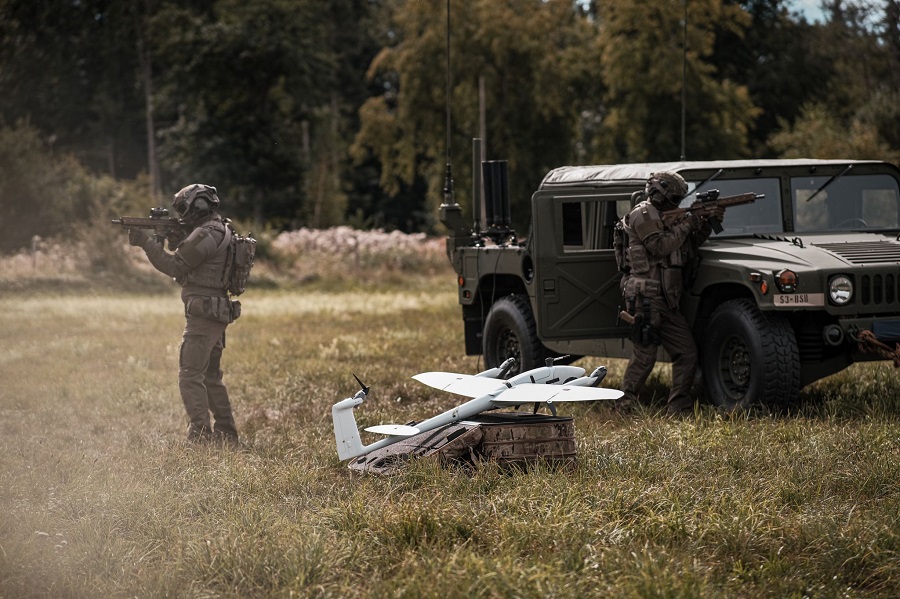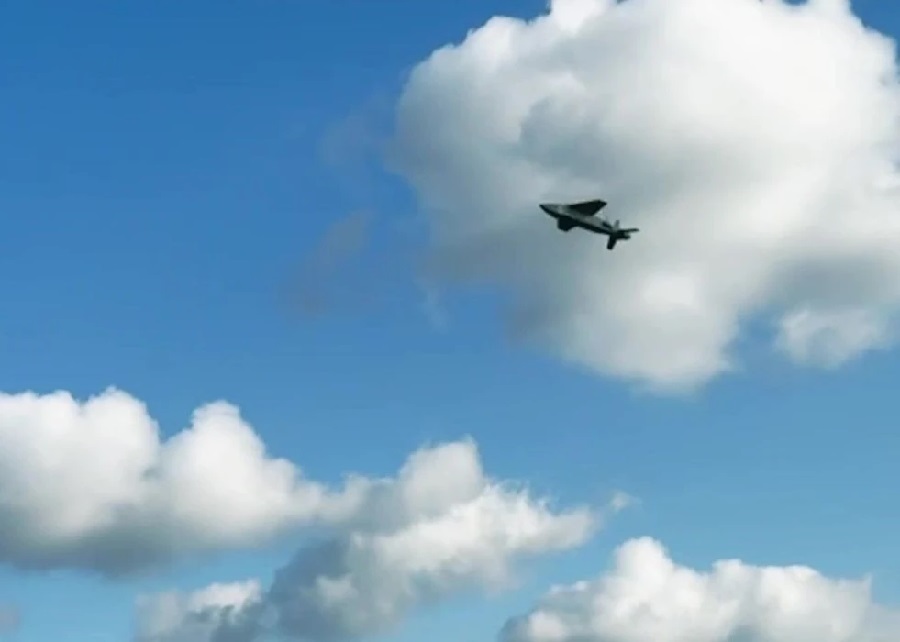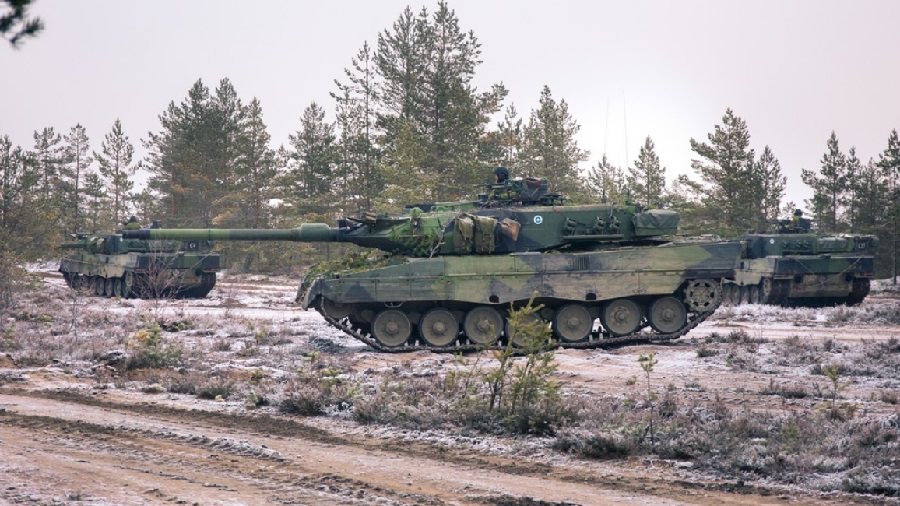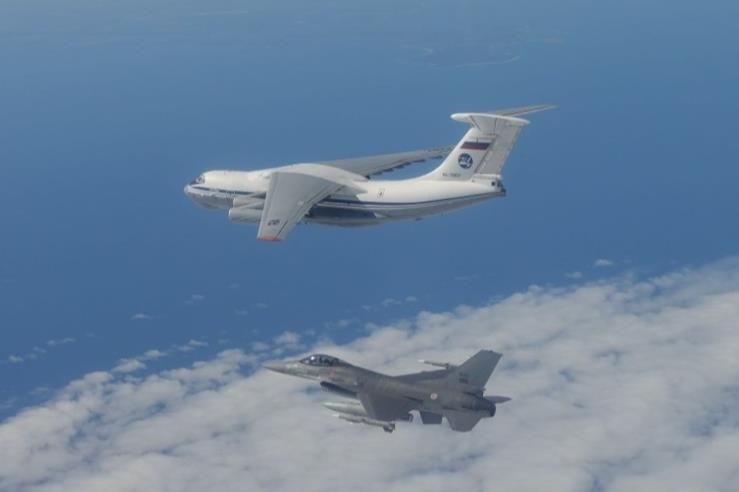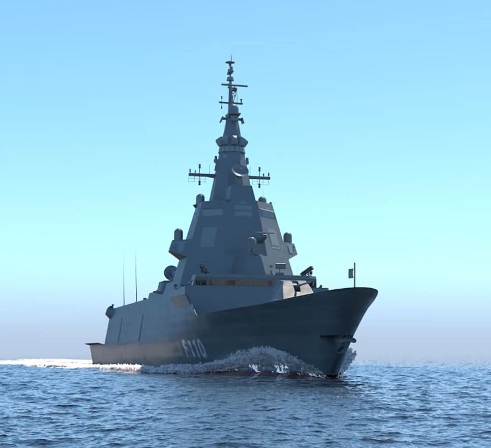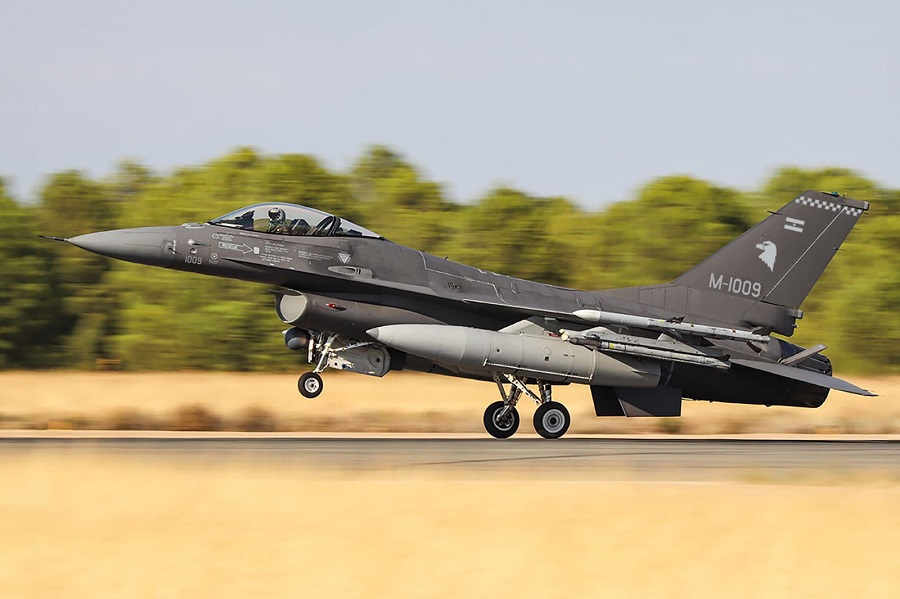On 24th of February 2022, Russian Federation’s President Vladimir Putin announced a “special military operation” in Ukraine, officially sanctioning the hostilities between the two countries. Almost eight years after the Minsk Protocols and announced by a Russian military build-up near the border with Ukraine and in Belarus during the previous months, the invasion marked a new chapter in the turbulent history of Russo-Ukrainian relations. Despite a more than significant gap between the two countries regarding troop numbers, weaponry, and technology at the start of the conflict, the operations prolonged clearly more than the Kremlin expected, resulting in almost five months of warfare. Particularly during the first weeks of clashes, the Ukrainian forces were able to exploit the logistic weaknesses of the Russian army to slow down its advance. This was partly possible due to the support received by NATO and the EU, whose assistance mainly consisted of weaponry supply, intelligence cooperation, information sharing and military training.
Nevertheless, a series of factors now hinder additional and consistent help from the Atlantic allies, with the risk of further prolonging the conflict to the benefit of Russia. This paper attempts to answer three fundamental questions: How did interoperability measures contribute to Ukraine’s effective response during the first phases of the war? To what extent did further cooperation determine the outcome of the conflict? What lessons could the NATO Chief of Staff learn from the efficient exchange of information, practices and technology on display during the conflict?
Read the research paper on FINABEL website.




